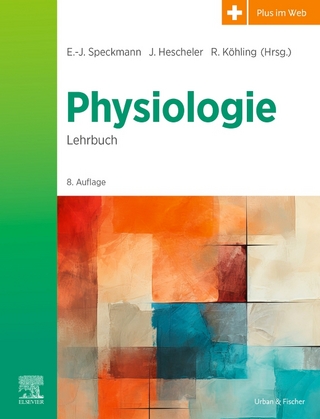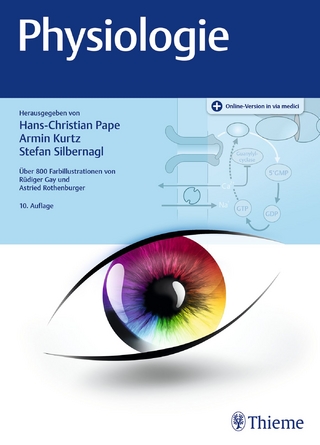
Cellular Biophysics and Modeling
Cambridge University Press (Verlag)
978-1-107-00536-5 (ISBN)
What every neuroscientist should know about the mathematical modeling of excitable cells. Combining empirical physiology and nonlinear dynamics, this text provides an introduction to the simulation and modeling of dynamic phenomena in cell biology and neuroscience. It introduces mathematical modeling techniques alongside cellular electrophysiology. Topics include membrane transport and diffusion, the biophysics of excitable membranes, the gating of voltage and ligand-gated ion channels, intracellular calcium signalling, and electrical bursting in neurons and other excitable cell types. It introduces mathematical modeling techniques such as ordinary differential equations, phase plane, and bifurcation analysis of single-compartment neuron models. With analytical and computational problem sets, this book is suitable for life sciences majors, in biology to neuroscience, with one year of calculus, as well as graduate students looking for a primer on membrane excitability and calcium signalling.
Greg Conradi Smith is a Professor in the Department of Applied Science and Neuroscience Program Faculty Affiliate at the College of William and Mary, Virginia. He was organizer of the Cold Spring Harbor Laboratory Summer School on Computational Cell Biology (2008–14). His research focuses on mathematical aspects of cell physiology and neuroscience.
1. Introduction; Part I. Models and Odes: 2. Compartmental modeling; 3. Phase diagrams; 4. Ligands, receptors and rate laws; 5. Function families and characteristic times; 6. Bifurcation diagrams of scalar ODEs; Part II. Passive Membranes: 7. The Nernst equilibrium potential; 8. The current balance equation; 9. GHK theory of membrane permeation; Part III. Voltage-Gated Currents: 10. Voltage-gated ionic currents; 11. Regenerative ionic currents and bistability; 12. Voltage-clamp recording; 13. Hodgkin-Huxley model of the action potential; Part IV. Excitability and Phase Planes: 14. The Morris-Lecar model; 15. Phase plane analysis; 16. Linear stability analysis; Part V. Oscillations and Bursting: 17. Type II excitability and oscillations; 18. Type I excitability and oscillations; 19. The low-threshold calcium spike; 20. Synaptic currents.
| Erscheinungsdatum | 15.03.2019 |
|---|---|
| Zusatzinfo | Worked examples or Exercises; 6 Tables, black and white; 248 Halftones, color; 21 Line drawings, black and white |
| Verlagsort | Cambridge |
| Sprache | englisch |
| Maße | 178 x 253 mm |
| Gewicht | 920 g |
| Themenwelt | Studium ► 1. Studienabschnitt (Vorklinik) ► Physiologie |
| Naturwissenschaften ► Biologie ► Humanbiologie | |
| Naturwissenschaften ► Biologie ► Zellbiologie | |
| Naturwissenschaften ► Biologie ► Zoologie | |
| Naturwissenschaften ► Physik / Astronomie ► Angewandte Physik | |
| ISBN-10 | 1-107-00536-1 / 1107005361 |
| ISBN-13 | 978-1-107-00536-5 / 9781107005365 |
| Zustand | Neuware |
| Informationen gemäß Produktsicherheitsverordnung (GPSR) | |
| Haben Sie eine Frage zum Produkt? |
aus dem Bereich


